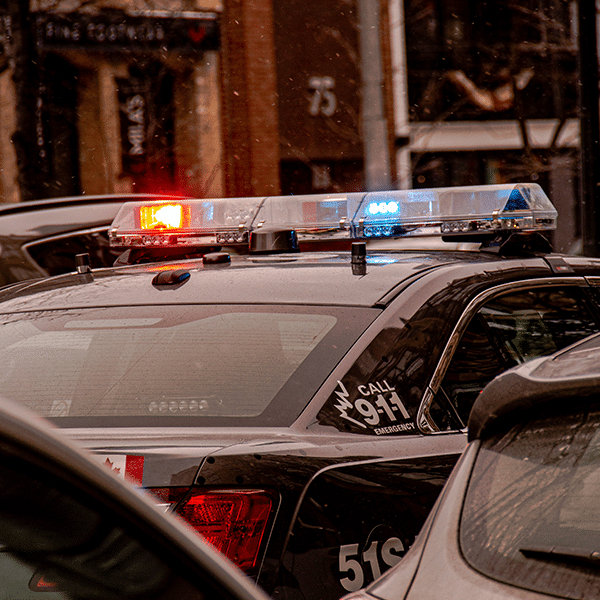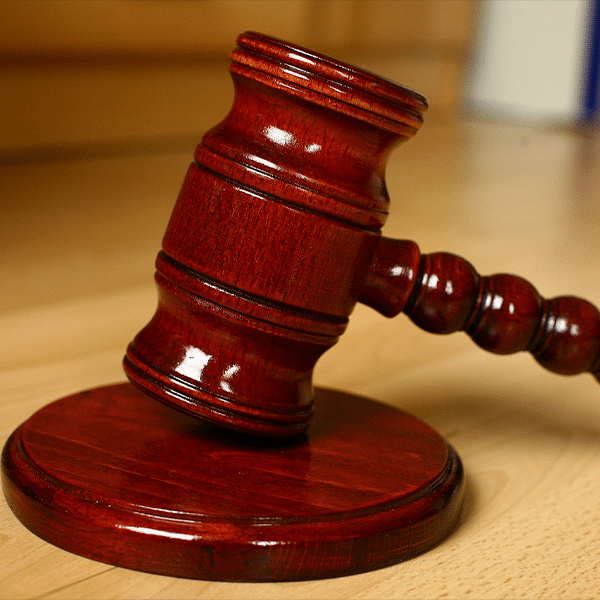 The FCC is seeking input on how it should prepare its 2021 annual broadband deployment report. The report, which is intended to determine whether broadband is being deployed in a reasonable and timely manner, traditionally generates controversy, and 2021 is likely to be no exception – particularly considering that the FCC is proposing few changes to the methodology and definitions used in the 2020 report.
The FCC is seeking input on how it should prepare its 2021 annual broadband deployment report. The report, which is intended to determine whether broadband is being deployed in a reasonable and timely manner, traditionally generates controversy, and 2021 is likely to be no exception – particularly considering that the FCC is proposing few changes to the methodology and definitions used in the 2020 report.
The most controversial element of the proposed plan is likely to be the minimum broadband speed definition. In a notice of inquiry (NOI) adopted earlier this month and made public yesterday, the commission recommends retaining the definition that has been used for several years – 25 Mbps downstream and 3 Mbps upstream – and to continue to gather information about one lower and three higher speed levels.
In a statement, FCC Commissioner Jessica Rosenworcel argued that the minimum level should be at least 100 Mbps and upstream speeds should be reconsidered. She also recommended measuring the availability of gigabit speed service.
“Many households with multiple users are calling, watching, listening, gaming and searching online all at the same time,” said Rosenworcel. “But the FCC has been sticking with a download standard of 25 Mbps that it adopted more than five years ago. We need to set audacious goals if we want to do big things.”
Another concern is that the FCC recommends continuing to use Form 477 data to determine where broadband is available. That data, which is reported by service providers, has been widely criticized because an entire census block is considered to have broadband available even if only a single location in the block can get service.
2021 FCC Broadband Deployment Report
The commission has taken steps to gather more accurate information but notes in the NOI that the new data will not be available in time to prepare the 2021 Broadband Deployment Report.
Commissioner Geoffrey Starks said in a statement that he was “disappointed” that “despite broad recognition that Form 477 has distorted our view of the digital divide,” the commission “did not develop alternatives in time for this year’s notice of inquiry.”
Other parameters proposed by the commission for the 2021 FCC Broadband Deployment Report that are unchanged from the 2020 report, which concluded that broadband was being deployed in a reasonable and timely manner, include:
- Service availability would include four categories: those with access to fixed services, those with access to mobile LTE services, those with access to both fixed terrestrial and mobile LTE services and those with access to at least one of either fixed terrestrial or mobile LTE service.
- Speed levels measured would include: 10/1 Mbps, 25/3 Mbps, 50/5 Mbps, 100/10 Mbps and 250/25 Mbps.
- LTE would be measured as a mobile service providing speeds of at least 5/1 Mbps and measurements would be based, in part, on data from Ookla
- The minimum broadband speed for schools would continue to be measured based on a 100 Mbps-per-1,000 student short-term goal and a 1 Gbps-per-1,000 student long-term goal.
Image courtesy of flickr user Sean MacEntee.


